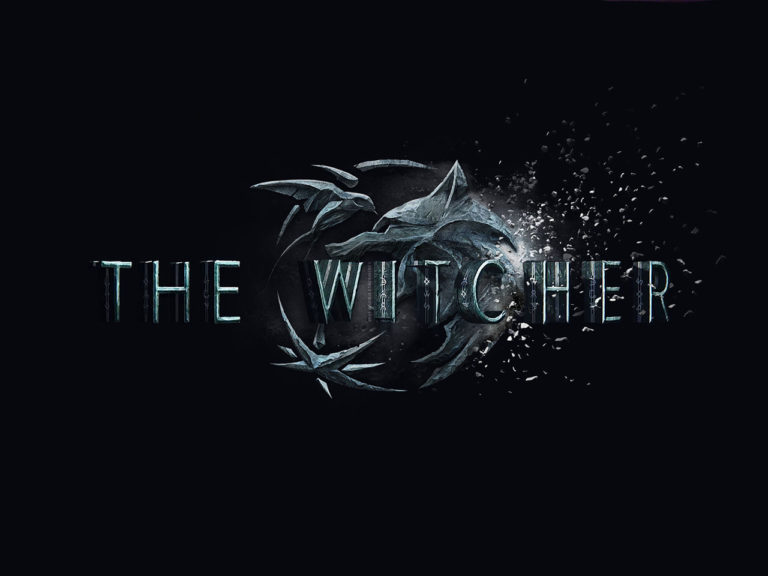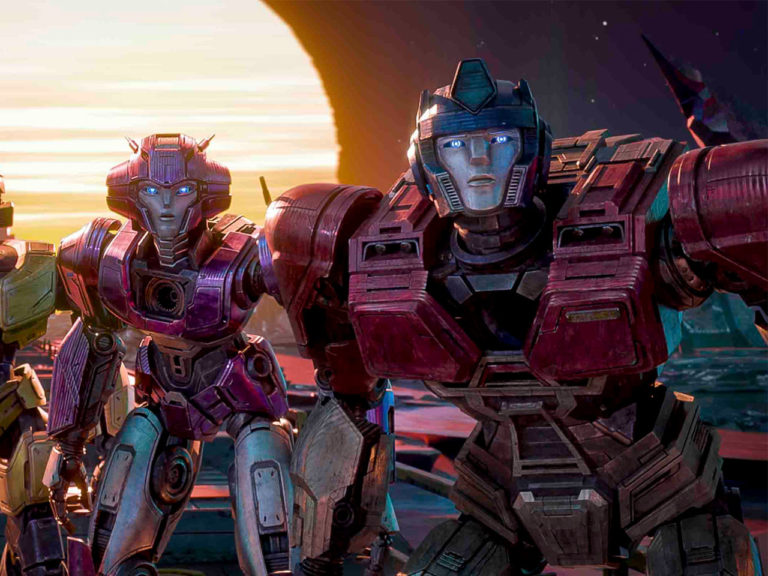
Welcome back to the Harley Quinn show; it’s the conclusion to the two part arc, Clown For Hire, and boy oh boy, it’s a wild one. I mean this in both a positive and negative way at the same time, so if you want to know my stance on this, let’s have a look, shall we?

First of all, when I approach the comic as a reader, I often fail to enjoy the jokes. I think that the main reason for this is that the dialogue seems rather forced from time to time. That is to say, the conversations that these characters have with each other are incredibly exaggerated, fast-paced, and all they seem to do is set up a punchline that is never actually delivered. While I tend to like campy narratives that don’t take themselves too seriously, I’m afraid that the dialogue in this book doesn’t manage to entertain me for the following reason: these conversations don’t sound natural, there is no ebb and flow, and it feels like the lines are starting to blur when it comes to character voice. Almost every character is shouting by now, and although Harley says some phrases that are particular to her character, and there is a pirate character with a typical pirate voice, almost all characters speak in quick statements to move along the story. Therefore, with so much shouting and so many statements, the book acquires a rather monotone voice instead of reflecting various unique personalities and thereby adding more color to the narrative.
What’s more, there are many cartoony slapstick elements to the comic, which are well-drawn by Borges (pencils) and Eltaeb (colors). I love the layers of colors that Eltaeb adds to Borges’ energetic and chaotic visuals to really make those slapstick elements come to life. What I am referring to by “slapstick elements” are the crazy, exaggerated events that happen in the book, such as Harley setting up a series of death traps for Lord Death Man in order to kill him once and for all. Over the course of the death trap sequence, Borges gets to draw many wild and fun things, like an inflatable castle crammed into an alleyway; burning buildings; flaming arrows; enormous rocket launchers; explosions; a shark pool; and a volcano, among other things. The action is fast and brutal and to say that Lord Death Man ends up mortally wounded is quite the understatement. Honestly, I applaud the creative team for taking things this far, giving us this wild ride of crazy events that remind me of old Looney Tunes cartoons I used to watch as a kid, albeit a lot more gory, bloody and violent here. And this is really the main attraction as well; it shows us that the creative team, collectively, has a lot of imagination and has put a lot of energy into rendering the images that they see in their mind’s eye on paper.

But therein also lies the comic’s biggest problem. When I approach the book as a writer and look at story structure, none of this makes any sense and the narrative starts to crumble. In order to save the building that Harley calls her home—which this Lennick guy, a typical evil business man, wants to demolish—Harley has to somehow collect a ton of money to pay the rent that she had neglected to pay for months on end. Before all the crazy slapstick, ultra-violent, death trap shenanigans kick off, Harley is explicitly told that she has only two hours left to collect all of that money. Now, to me it seems impossible to first plan the sequence of death traps, then set them all up, then wait for Lord Death Man to arrive, get an airplane and tie Lord Death Man to the plane’s tail, fly him all the way to a volcano, collect the money from the pirates, and return just in time to pay all the rent to save her home. Not to mention the fact that Harley clearly is told that she has only two hours left during the daytime, whereas the death trap sequence is enacted during the nighttime. Lastly, how is Harley able to afford all the death trap gear if she is broke?
So here’s what I think: Harley Quinn is not typically the comic that “makes sense.” Often there are crazy things depicted in the book that require a lot of suspension of disbelief to buy into and enjoy. This is fine, because this is simply the type of book that Harley Quinn is. However, this reasoning is not an excuse for plot holes or wonky story structure. Even in a book that’s designed to not always make sense, creative teams should, in my opinion, still pay attention to time mechanics and economics. If these things are ignored, as they are in this issue of Harley Quinn, and if a creative team keeps ignoring these things, in my eyes the book’s quality will degrade rapidly to a point that it threatens to become unreadable. Now, I don’t think that this current Harley Quinn run has reached this stage quite yet, but I do foresee problems in the future if these points of critique aren’t taken into consideration. Before I sound off, I’ll reiterate that we can have Harley do all the crazy things that we want her to do. We can have her toss people into all the volcanos, we can have her go to Apokolips and mess around with Granny Goodness’s plans, and we can have her team up with Power Girl and kick some ass in space. But if the plot imposes certain limits on the character, and if these limits are explicitly mentioned or shown, then Harley’s actions—no matter how exaggerated and wild—should adhere to those limits at all times.
I have one more thing that I would like to address with regards to Lord Death Man, but seeing as there’s no way to avoid spoilers, I will wrap this up in spoiler tags.
Recommended if…
- You don’t mind if the story structure is wonky, you just want to enjoy a crazy string of events and have a laugh
- You want to find out Lord Death Man’s motivation for chasing after Harley
Overall: This comic offers some fun, wild imagery with high entertainment value. But at the same time, this entertainment hinges on plot imposed restrictions and therefore none of it should be possible within those restrictions. Had the creative team not explicitly stated or shown those restrictions, or incorporated the aforementioned entertainment differently, this might not have been that big of a problem. However, I can’t help but feel like the creative team overlooked these issues, and if this is a sign of things to come, I’m not excited, to say the least. I recommend that you take a wait-and-see approach to see if upcoming issues will improve on this. Otherwise, there are many other beautiful books on stands that are worth spending your hard-earned money on. But if you can look past, or disagree with, my criticism, or just want to enjoy some fun visuals, this book might be for you.
Score: 5/10


